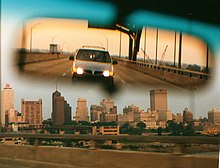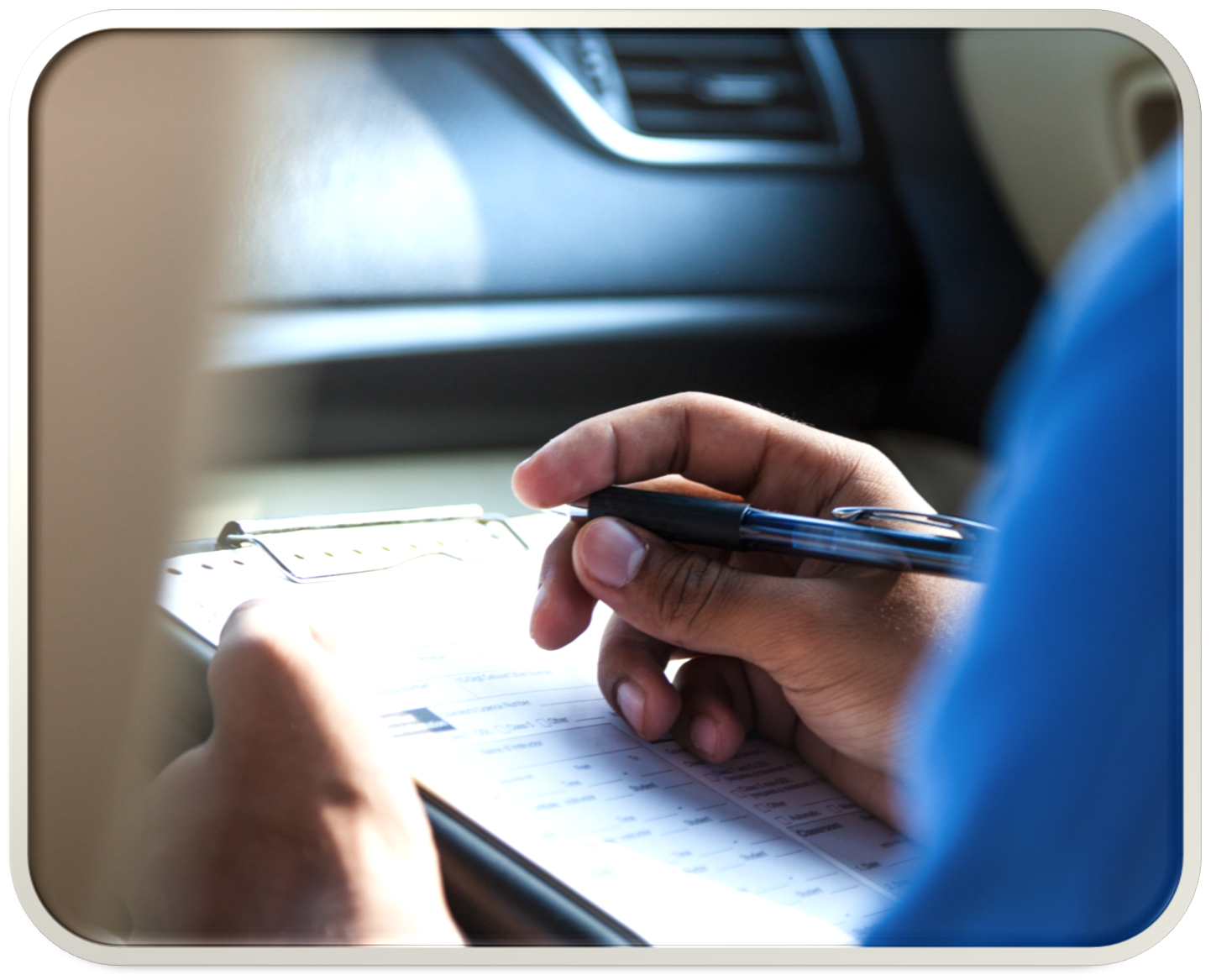Blog Details

With spring in the air, nicer weather and the long weekend approaching, we want to remind drivers that many collisions each year on Alberta roads, were the result of unsafe passing. The sad thing about it is that these types of collisions are often fatal and very preventable. The good news is that by being proactive, we can avoid these types of collisions. Also let's keep in mind that it is illegal to speed even when passing, if you must speed to make a pass, then the pass is not safe.
Here's some helpful reminders about safer passing practices on the road:
1. Scan your path of travel at least 20 to 30 seconds ahead in rural areas.
2. Mirror check, shoulder check, signal and shoulder check once more before changing lanes.
3. Use the far left-hand lane of a multi-lane highway to pass traffic moving slower than the speed limit, but don't stay there. Drive in the right-hand lane whenever possible.
4. Large vehicles create wind gusts. Keep both hands firmly on the wheel when you pass a large vehicle or when a large vehicle passes you.
5. Don’t speed up when a semi-truck or other large vehicle is passing you. Instead, stay to the right and slow down slightly. This will give the truck driver room to pass safely and get you out of the truck’s blind spot faster.
6. Allow more room when passing a large vehicle. It takes longer to pass a semi-truck than a small car.
7. When passing a large vehicle, don't cut in front too soon because you will reduce the space cushion needed for large vehicles to stop safely.
8. Once the vehicle you've passed is visible in your rear-view mirror, do a shoulder check to the right and signal to return to your original lane.
And remember to not pass…
9. On a solid yellow line.
10. When driving in a school or playground zone.
11. If you can't safely return to your lane before the solid yellow line begins.
12. On a curve or hill when your view is obstructed.
13. In an intersection or any place where your sight distance is limited.
14. A stopped school bus.
15. When approaching a railway crossing.
16. Vehicles stopped at a crosswalk. They've most likely stopped to allow pedestrians to cross.






_(6).jpg)
